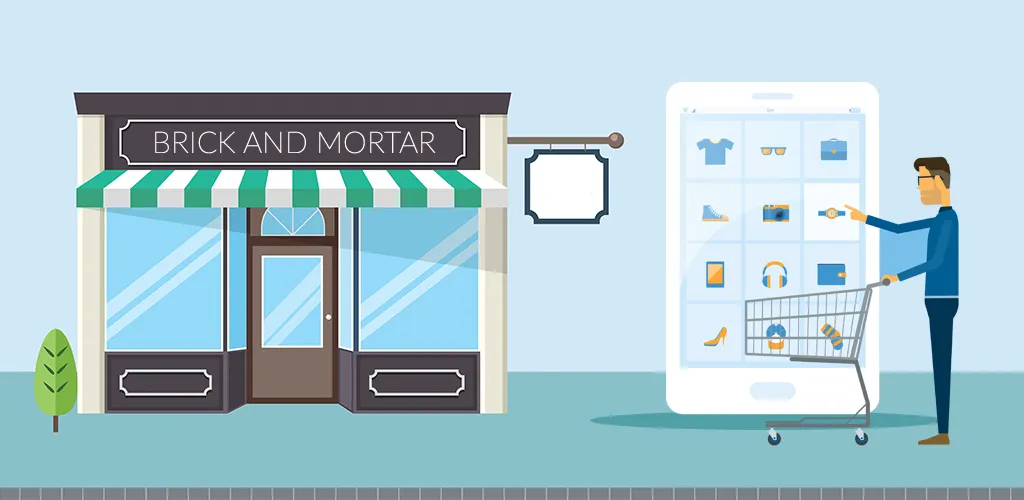Weighing the Pros, Cons: Brick-and-Mortar vs. Online Shopping
techinlife.info – In the ever-evolving landscape of retail, the debate between brick-and-mortar and online shopping has become a central discussion point. Each method offers a unique set of advantages and disadvantages, catering to different consumer preferences and needs. This article aims to explore the pros and cons of both traditional in-store shopping and the increasingly popular online shopping experience.
Brick-and-Mortar Shopping: Pros
- Tangible Experience: One of the most significant advantages of brick-and-mortar shopping is the ability to see, touch, and try products before purchasing. This hands-on experience is particularly valuable for items like clothing, furniture, and electronics.
- Immediate Gratification: With brick-and-mortar shopping, there’s no waiting for shipping. Customers can take their purchases home immediately, which is a big plus for those who need or want items right away.
- Personalized Service: In-store shopping often provides a level of personal service that online shopping cannot match. Sales associates can offer advice, answer questions, and provide recommendations based on individual preferences.
- Local Economy Support: Shopping at local brick-and-mortar stores helps support the local economy. It keeps money within the community and can contribute to job creation and retention.
Brick-and-Mortar Shopping: Cons
- Limited Operating Hours: Unlike online stores, brick-and-mortar shops have specific operating hours, which can be inconvenient for shoppers with busy schedules or those who prefer to shop outside of these hours.
- Travel Time and Costs: In-store shopping requires travel time and expenses, such as gas or public transportation fees, which can be a deterrent for some consumers.
- Crowds and Lines: During peak shopping times, brick-and-mortar stores can become crowded and chaotic, leading to long lines and a stressful shopping experience.
- Limited Selection: Physical stores have limited space, which means they can’t stock as many products as online retailers. This can limit selection and variety for shoppers.
Online Shopping: Pros
- Convenience: Online shopping offers unparalleled convenience. Shoppers can browse and purchase products 24/7 from anywhere with an internet connection, without the need to leave their homes.
- Wider Selection: E-commerce sites are not limited by physical space, so they can offer a vast selection of products, often from multiple brands and retailers in one place.
- Price Comparison: Online shopping makes it easy to compare prices across different retailers, ensuring that shoppers can find the best deals with minimal effort.
- Easy Returns (in some cases): Many online retailers offer easy and hassle-free return policies, allowing shoppers to return items that don’t meet their expectations.
Online Shopping: Cons
- Shipping Times: One of the main drawbacks of online shopping is the wait for delivery. While some retailers offer expedited shipping, standard delivery times can take several days or even weeks.
- Shipping Costs: Shipping fees can add to the total cost of online purchases, although many retailers offer free shipping to mitigate this issue.
- Lack of Personal Interaction: Online shopping lacks the personal touch of in-store shopping. There’s no opportunity to interact with sales staff or other shoppers, which can be a downside for those who enjoy the social aspect of shopping.
- Potential for Fraud and Scams: Online shoppers must be vigilant about security and privacy. There’s a risk of falling victim to fraud or scams, especially on less reputable websites.
In conclusion, both brick-and-mortar and online shopping have their merits and drawbacks. The choice between the two often comes down to personal preference, the type of product being purchased, and the value placed on convenience versus the tactile shopping experience. As retail continues to evolve, it’s likely that the lines between online and offline shopping will continue to blur, with many consumers adopting a hybrid approach that takes advantage of the best aspects of both worlds.

